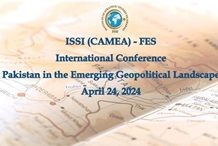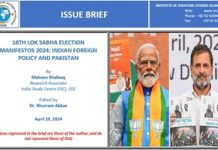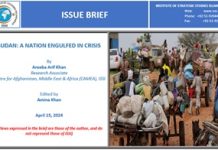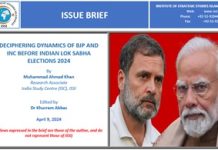In January 2022, a Chinese satellite was nearly hit by a piece of debris created by Russia’s recent anti-satellite test (ASAT). According to the Space Debris Monitoring and Application Center of the China National Space Administration, it came within striking distance of a Chinese satellite that was “extremely dangerous.” This is just the tip of the iceberg that is presented by space debris. Any time an ASAT is conducted or other destructive activity occurs in outer space, it creates thousands of pieces of debris – big and small – that threaten satellites and space stations. With the world increasingly relying on satellites for civil as well as military purposes space debris is an issue that warrants attention.
According to Chinese sources the debris came as close as 14.5 meters (approximately 48 feet) from the satellite and a collision could have caused a “hypersonic shockwave.” Russia conducted a direct-ascent ASAT in November 2021, which has been condemned by the US and Western allies as dangerous and irresponsible. According to the US Space Command, the Russian test generated “more than 1,500 pieces of trackable orbital debris and will likely generate hundreds of thousands of pieces of smaller orbital debris.”[1] However, this has not been the only ASAT test in recent years. China, Russia, the US and India have also conducted ASAT tests.















